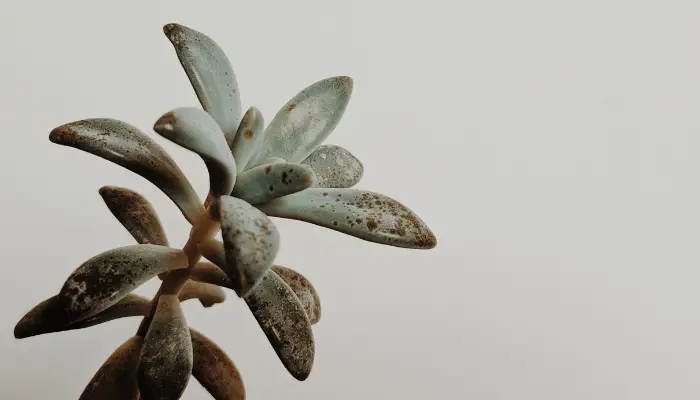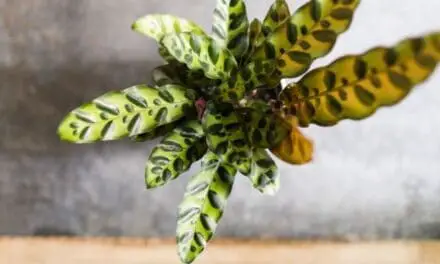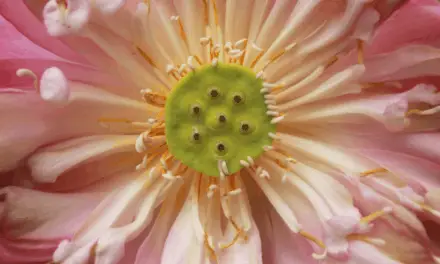Succulents are a diverse group of low-maintenance plants that offer a multitude of color variations for your home.
No matter which type of succulent you happen to be looking after, the rules you need to follow to keep it healthy are pretty similar to that of other succulents.
Succulents are very hardy and about as maintenance-free as a house plant can get.
But there are still a whole host of diseases that succulents can pick up if they aren’t looked after properly.
And a common problem many new owners face is brown spots developing on their succulent.
Table of Contents
Why Is My Succulent Getting Brown Spots?
If your succulent is getting brown spots, then your plant may be experiencing sun damage. Underwatering and pest infestations can also be a common cause of brown spots on your succulent.
Thanks to their reputation for being hardy and easy to maintain, succulents have become a popular house plant in many homes today.
Usually seen in a bright green color, you may feel alarmed if you see brown spots growing on your succulent.
3 Reasons Your Succulent Is Developing Brown Spots

Sunburn
It can be difficult to imagine that hardy, sun-loving desert plants can experience sunburn – but they often do.
Brown spots on succulents are often caused by direct sun damage and can affect succulents that are left out for too long.
Sun damage can also be prominent on succulents if you have recently moved your plant from a shady area to a sunny spot.
The best way to know if your succulent is suffering from sunburn is to check if the area is too hot.
When the temperature climbs up to 104F degrees, then your succulent can develop brown spots due to sun damage.
Not Getting Enough Water
Though not as thirsty as other plants, your succulent still needs a certain amount of water to survive.
Despite being easy to maintain, your succulent may grow brown spots if it has been underwatered.
A good way to gauge if your succulent has had enough to drink is by watering it until water seeps out from the bottom of your pot.
Brown spots are rarely an indication of overwatering.
The most common symptoms of an overwatered succulent are soft, mushy, and translucent looking leaves.
Related Article: Do Succulents Need Distilled Water? (Or Is There A Better Choice?)
A Pest Infestation
Finally – and this may be the biggest headache to most plant owners – brown spots on your succulents may indicate a case of pests.
Although succulents usually aren’t bothered by common insects, some invasive species of bugs can do a lot of damage to your succulents.
Unfortunately, it can be difficult to tend to your succulents once harmful pests have gotten to them.
It is also something that’s difficult to avoid, as most succulents are vulnerable to pest infestations at some point in their lifespan.
Pest infestations within succulents are also quick to spread.
If you keep a range of succulents together, you may want to separate them as soon as you notice a pest infestation.
How Do You Fix Brown Spots On Succulents?
Now that you know why brown spots may be growing on your succulents, the next question is how can you treat them.
Don’t Leave Your Succulents In Direct Sunlight For Too Long
To prevent sun damage, you should research how much direct sunlight is good for your succulent.
Newly planted succulents are especially susceptible and can scorch in direct sunlight.
It can be a good idea to gradually introduce your succulent to full sun exposure.
Try placing them around areas with some shade but still reachable by lots of indirect sunlight.
If you’re moving a succulent from a shady area to a bright spot, then you’ll want to do it little by little so your succulent will acclimatize slowly.
Keep To A Watering Schedule
For first-time succulent owners, you’ll want to draw up a simple watering schedule to follow.
Depending on your type of succulent, it may need watering every week during summer and every fortnight in winter.
Succulents should usually only be watered when the soil has completely dried out.
There’s no one-size-fits-all watering schedule that will work for each and every succulent in all climates.
Most successful indoor succulent growers find that a watering schedule of around once every 14 to 21 days is a good guide.
Use Sprays To Protect Against Pests
A great way to ward away pest infestations is to use pest sprays.
There are various pest sprays available for purchase at nurseries or online retailers, but you may want to consult experienced plant enthusiasts on which pesticide works best.
Final Thoughts
Always keep a close eye on your plants so you can detect issues and quickly take action.
If you do notice brown spots on your succulent, try to work out the cause as soon as possible.
If you think sun exposure could be the problem, provide your succulent some shade as soon as possible and if you think your succulent has been under-watered, give it a good watering and then don’t water it again until the soil goes completely dry.




